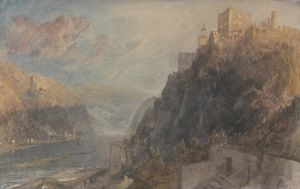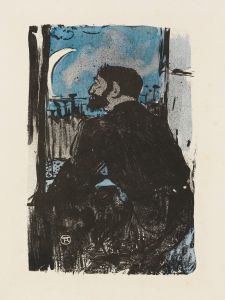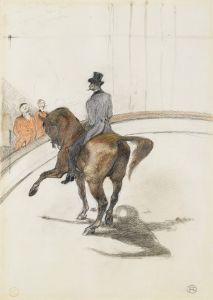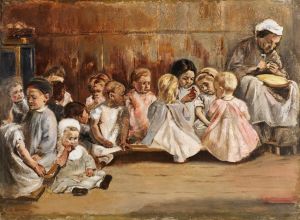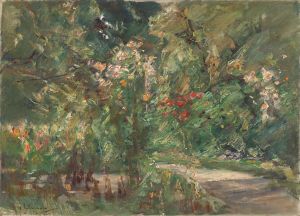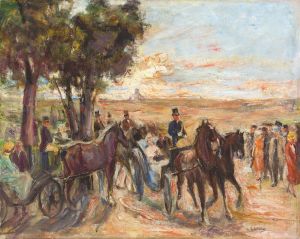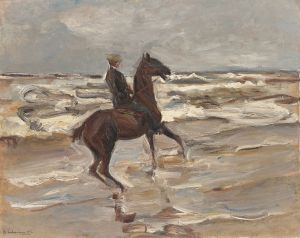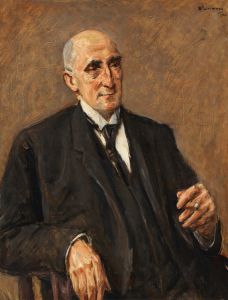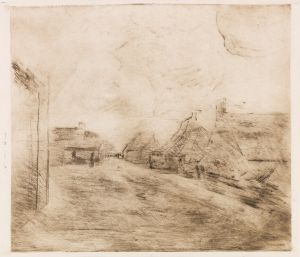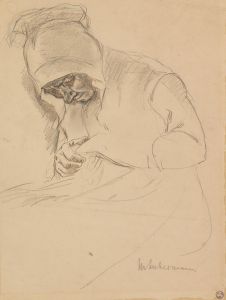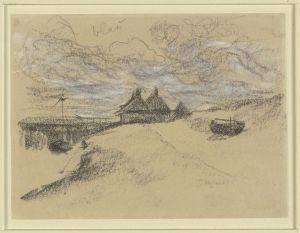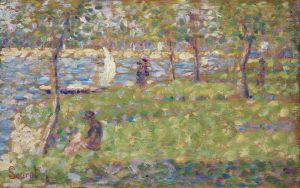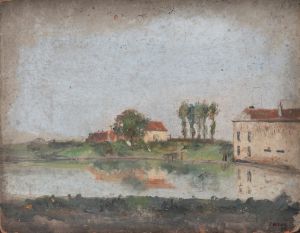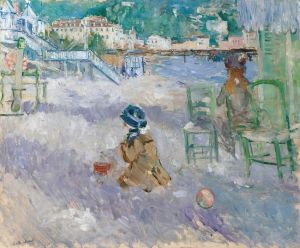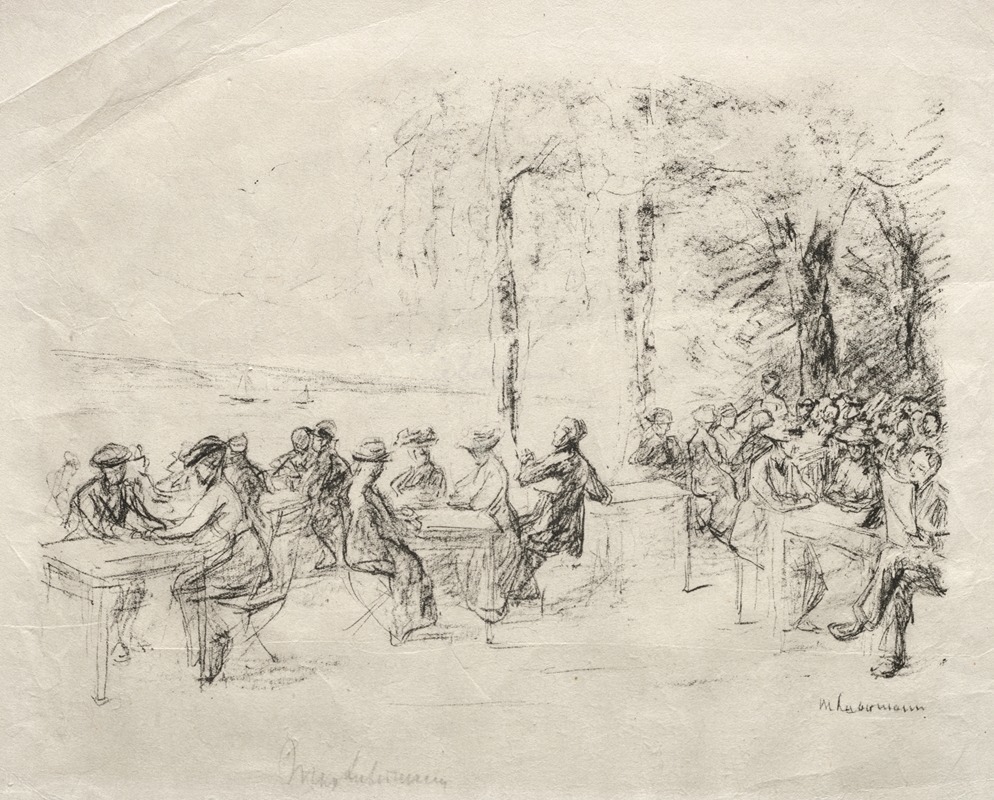
Cafe on the Havel
A hand-painted replica of Max Liebermann’s masterpiece Cafe on the Havel, meticulously crafted by professional artists to capture the true essence of the original. Each piece is created with museum-quality canvas and rare mineral pigments, carefully painted by experienced artists with delicate brushstrokes and rich, layered colors to perfectly recreate the texture of the original artwork. Unlike machine-printed reproductions, this hand-painted version brings the painting to life, infused with the artist’s emotions and skill in every stroke. Whether for personal collection or home decoration, it instantly elevates the artistic atmosphere of any space.
Max Liebermann was a prominent German painter and printmaker, associated with the Impressionist movement. He was born on July 20, 1847, in Berlin, and became one of the leading figures in the German art scene during the late 19th and early 20th centuries. Liebermann's work is characterized by its loose brushwork, vibrant use of color, and focus on everyday life, often depicting scenes of leisure and the bourgeois lifestyle.
One of Liebermann's notable works is "Cafe on the Havel," which exemplifies his interest in capturing the leisurely pursuits of the middle class. The painting portrays a serene scene along the Havel River, a significant waterway in northeastern Germany that flows through Berlin and into the Elbe River. This setting was a popular recreational area for Berlin's residents, offering a picturesque escape from the bustling city life.
In "Cafe on the Havel," Liebermann captures the essence of a tranquil afternoon by the river. The painting depicts a group of people enjoying their time at a riverside cafe. The composition is filled with figures engaged in various activities, such as conversing, reading, and simply relaxing while enjoying the natural surroundings. The artist's use of light and shadow, along with his impressionistic brushstrokes, creates a sense of movement and liveliness, inviting the viewer to experience the peaceful ambiance of the scene.
Liebermann's choice of subject matter reflects his fascination with modern life and the social changes occurring during his time. The late 19th and early 20th centuries were periods of significant transformation in Germany, marked by industrialization and urbanization. As cities expanded and the middle class grew, leisure activities became an important aspect of daily life. Liebermann's paintings often celebrate these moments of respite and enjoyment, highlighting the beauty in ordinary experiences.
The painting also demonstrates Liebermann's skill in capturing the effects of light and atmosphere. The dappled sunlight filtering through the trees and the reflections on the water are rendered with a delicate touch, showcasing the artist's mastery of the Impressionist technique. This approach allows Liebermann to convey the fleeting nature of the moment, a hallmark of Impressionist art.
Max Liebermann's work, including "Cafe on the Havel," played a crucial role in the development of modern art in Germany. As a leading figure in the Berlin Secession, an art movement that sought to break away from traditional academic art, Liebermann advocated for artistic innovation and freedom of expression. His contributions to the art world were recognized during his lifetime, and he served as the president of the Prussian Academy of Arts from 1920 to 1932.
In summary, "Cafe on the Havel" by Max Liebermann is a quintessential example of the artist's ability to capture the essence of modern life through the lens of Impressionism. The painting not only reflects the social and cultural changes of the time but also showcases Liebermann's technical prowess and his dedication to portraying the beauty of everyday moments.





